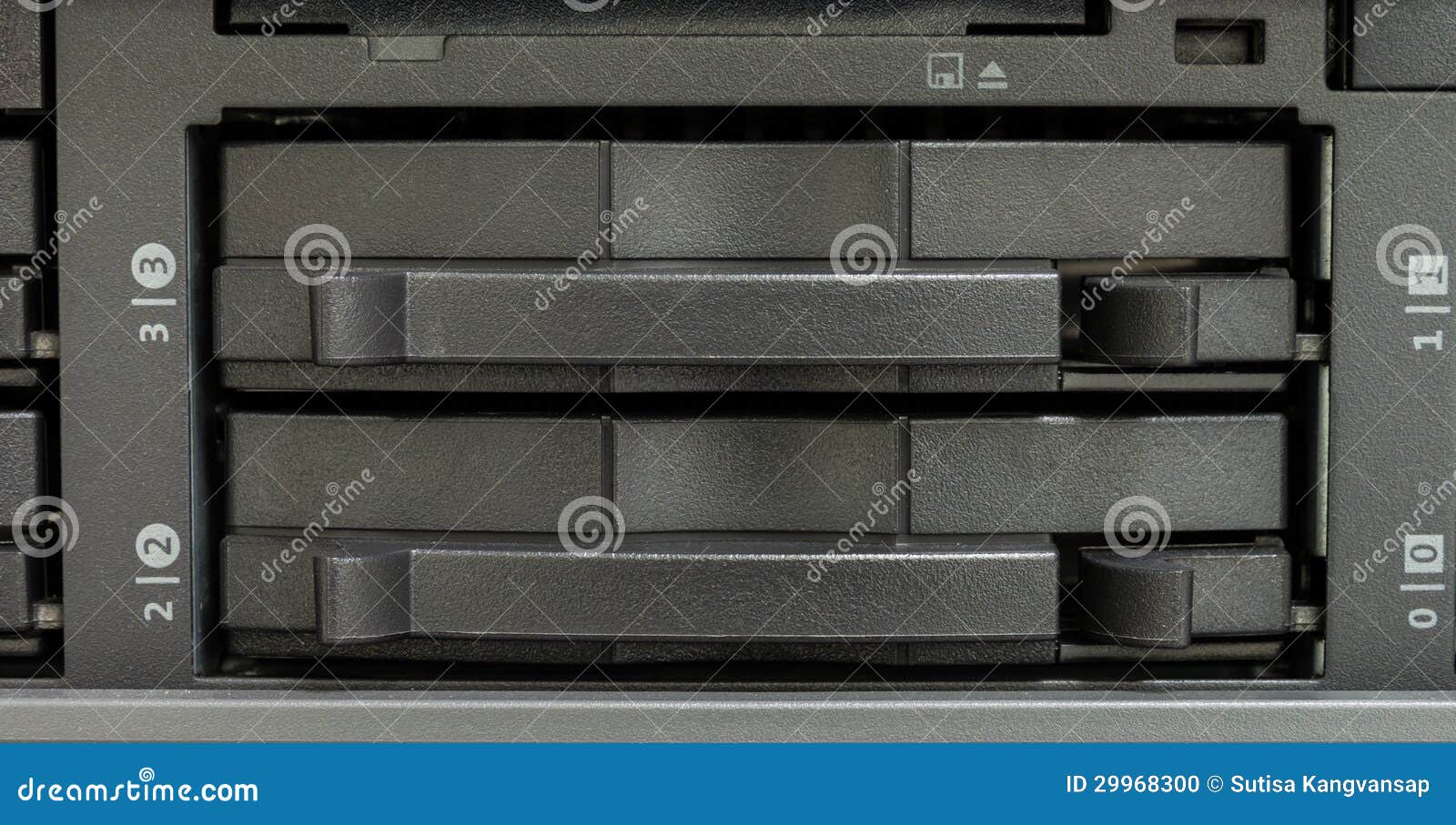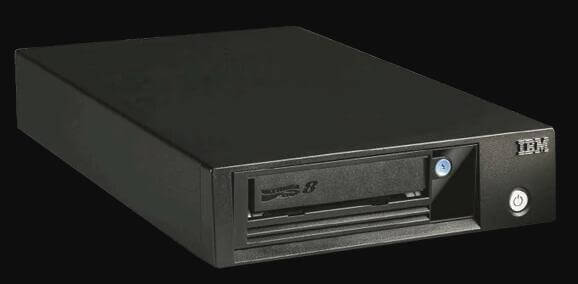
Sequential access implies that you can access required data only in a predetermined sequence. Even though most organizations have since switched to disks or cloud storage devices for their primary storage, tape is still widely used for backup and recovery purposes.Ī tape drive allows for sequential access storage, while a hard disk drive provides direct access storage. A tape drive is one of the oldest data storage devices which allows for reading and writing data on a magnetic tape. Tape backup is the process of backing up critical data to a tape cartridge. Got questions? Email us at: for answers.įollow our Twitter and Facebook feeds for new releases, updates, insightful posts and more.DISCOVER SOLUTION What You Should Know about Tape Backups
#Tape drives for backup software
Every medium and long term backup software support tape backup. Tape backup is a traditional way of backing up a large quantity of data and retains it for the longer period of time. Virtual tape system brings the storage consolidation and faster data restore processes. The virtual tape library, virtualizing the disk storage as a magnetic tape which brings the integration of VTL with existing backup software. This works as physical magnetic tape storage but it uses hard disks storage or another storage medium to effectively store the archival data. Virtual tape system is data storage virtualization technology that utilizes the virtual tape library to reduce the amount of tape disk required. But when it is automated with appropriate software, considering the speed it achieves continuous data transfer rates of up to 140 MB/s compared to hard disk drives. Tape library uses the barcode scanner to identify the specific tape cartridges and perform the read or write operation.Īs Tape backups give sequential access to data, recovery of data from tape becomes quite slow and tedious. Tape libraries consist of multiple tape drives and a number of cartridge slots, they are designed to handle one or more tapes, it is an automated method to load tape cartridges.
#Tape drives for backup manual
It overcomes the standalone tape drives manual process of loading and unloading the tape cartridges. Tape autoloader is a cut above of standalone tape drives, it comes with a single tape drive, multiple tape cartridges and accessor to automatically change the tape cartridges during read/write operations. They are highly scalable, all that a user needs to do is simply buy and add more tapes to the library. Tape backup is the best way to transfer a large amount of data where time isn’t critical. Tape media generally astounds user with its favorable unit cost and the long archival stability. LTO tapes (Linear Tape-Open) is having a steady growth and has moved to its eighth generation of tapes, still business users and enterprises move forward for high capacity tapes and libraries.

The usage of tapes has declined over the years with the big screens to hard disk drives, but it doesn’t sound like the end of the tape. Tape drive is the data storage that reads and writes data on a magnetic tape, tape backup provides sequential access to data storage, unlike the hard disk drives which provide direct access. Post any system crash or major disaster, the retrieval of data can be done easily with tape backups. Tape backups are the long-established way to store backups in long term and are less prone to disasters.

Tape backup allows the user to have their redundant copy of backup data in magnetic tape and is one of the best practices to maintain an archival data storage and an offsite copy.


 0 kommentar(er)
0 kommentar(er)
